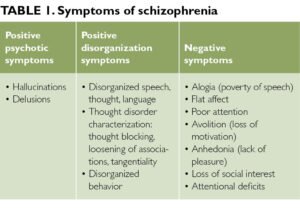Overexercising and the Risk for Atrial Fibrillation
The Link Between Overexercising and Atrial Fibrillation: What You Should Know
Read Time: 3 mins
Atrial fibrillation (AFib) has become an increasingly recognized condition that is often associated with poor lifestyle choices, particularly obesity. However, this is not the case in every instance. Many individuals with AFib live otherwise healthy lives, and there are other causes such as thyroid disorders, high blood pressure, or mitral regurgitation. In fact, research has shown that people with AFib who are overweight can significantly reduce or even eliminate their symptoms through aggressive lifestyle changes, including weight loss. This weight loss leads to positive changes in heart structure and function, ultimately helping to restore normal heart rhythms.
How Exercise Affects Atrial Fibrillation Risk
While some studies suggest that a lack of physical activity increases the risk of atrial fibrillation, others indicate that overdoing it in endurance sports, such as marathon running, can have similar negative effects. Striking the right balance is key when it comes to preventing AFib.
The Benefits of Regular Exercise in Preventing Atrial Fibrillation
Numerous studies, including the 2015 Aerobic-Fit study, show that a well-designed fitness program can significantly improve heart health in individuals with AFib. A focus on achieving moderate-to-vigorous physical activity for at least 210 minutes per week can help reduce the frequency and duration of AFib episodes. This kind of regular exercise helps to improve cardiovascular function and can prevent AFib from becoming more frequent or severe.
The Risks of Overexercising and Developing Atrial Fibrillation
On the flip side, engaging in prolonged endurance exercise can increase the risk of AFib. Research has shown that individuals who participate in excessive endurance sports are up to five times more likely to develop AFib. This highlights the importance of moderation when it comes to exercise, especially for those who are already predisposed to heart rhythm issues.
What Does This Mean for You?
Not everyone who is sedentary or overweight will develop atrial fibrillation, nor will every athlete who participates in endurance sports be at risk. However, certain people may be genetically predisposed to AFib, and in these cases, excessive endurance exercise can contribute to the condition. For the average person dealing with AFib, the risk is often higher among those who lead a sedentary lifestyle. If this sounds familiar, discussing weight loss and developing a sensible exercise program with your healthcare provider could help improve your overall health and reduce or eliminate your AFib symptoms.
Key Takeaways
-
A sedentary lifestyle increases the risk of atrial fibrillation, but so can excessive endurance exercise.
-
Achieving a balanced fitness program, including 210 minutes of moderate-to-vigorous exercise per week, may help prevent or alleviate AFib.
-
If you’re at risk, it’s important to consult with your healthcare provider to create a sustainable fitness plan that can support heart health.
Expert Tips
-
Make sure to adapt your fitness routine to your personal health status, and avoid pushing yourself too hard.
-
Consult with your doctor before starting any new exercise program to prevent aggravating AFib.
Join Our Community
Looking for more heart-healthy tips and fitness inspiration? Subscribe to our newsletter for more advice on how to stay fit and healthy!










